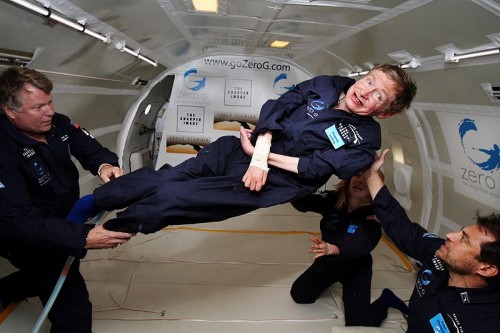A study published these days in the journal PNAS by researchers from Ben-Gurion University of the Negev describes for the first time the characterization of a new molecular mechanism in in vivo models, which could lead to the future development of new treatments for ALS

ALS, also known as Lou Gehrig's disease, is a fatal degenerative disease involving the death of motor neurons that control voluntary muscles. The disease is characterized by gradual weakness and paralysis due to muscle atrophy. It causes difficulty in speaking, swallowing, and eventually breathing. The cause of ALS is unknown in about 90% of cases, but 10% of them are genetic. The disease usually starts at the age of 60-40, and the life expectancy from the moment the disease is diagnosed is between two and five years. About 10% of people in it survive more than ten years. It is important to note that there is no cure or effective treatment for ALS.
About 20% of genetic cases are caused by mutations in the superoxide dismutase (SOD1) gene. Various studies have shown that mutations in this gene (currently more than 165 different mutations are known) cause selective killing of motor neurons, because they take on a certain form of toxicity. However, the basis of this selective toxicity has not yet been identified. Recently, the authors of the paper identified the multipurpose protein macrophage migration inhibitory factor (MIF) as a misfolded progeny of SOD1. The study shows that increased MIF activity suppresses the accumulation of misfolded SOD1 in neuronal cells, and prolongs the survival of motor neurons expressing SOD1 mutations.
Now the findings of the study, which was conducted in the laboratory of Dr. Adrian Israelson From the Department of Physiology and Cell Biology at Ben-Gurion University of the Negev http://fohs.bgu.ac.il/israelsonlab/, demonstrate, for the first time, that endogenous MIF serves in vivo as a chaperone protein for misfolded SOD1. Complete elimination of the MIF in a laboratory mouse with mutant SOD1 suffering from hereditary ALS increased the accumulation of misfolded SOD1, accelerated the onset of the disease and its progression in late stages and shortened the life span of the mice.
These efforts identify low MIF activity in motor neurons as a possible component of selective vulnerability to defective folding of SOD1. The researchers suggest that increasing the escort activity of the intracellular MIF can serve as an attractive treatment strategy in ALS.
The research was funded by the National Science Foundation, the Binational Science Foundation, the Seventh Framework Program of the Career Integration Grant of the Marie Curie Programs, the German-Israeli Foundation and the National Institute of Psychobiology in Israel.

One response
Beautiful. This kind of research deserves, in my humble opinion only (I don't understand the subject and nothing) a follow-up study on the hypothesis of what can stop ALS.
A modest department that includes a single-digit number of doctoral students.